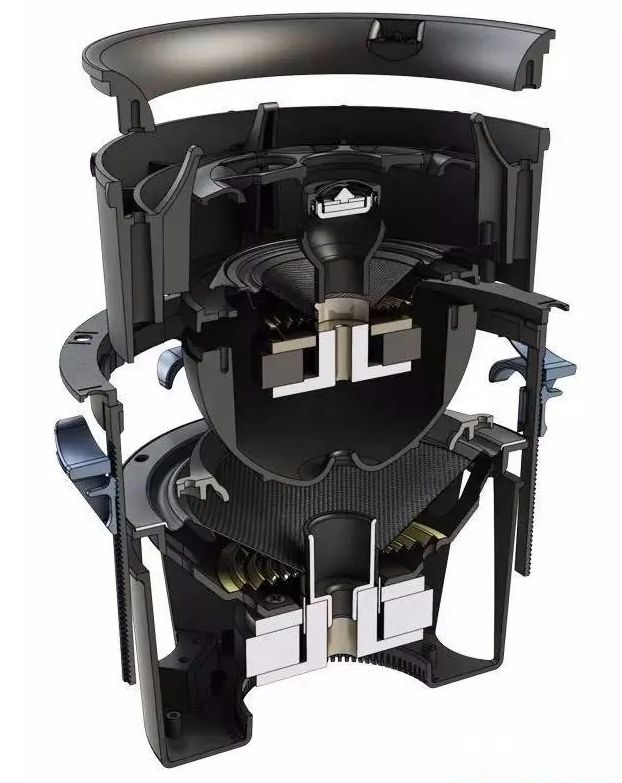

With the popularity of three-dimensional sound technology in recent years, especially Dolby Atmos, which has caused the number of home theater channels to rise sharply, overhead channels have almost become standard. Considering the aesthetics, circular ceiling speakers are generally used for overhead channels.
But when it comes to ceiling speakers, everyone seems to have the impression that their effects are very poor. Is this really the case?
In fact, this is a long-standing misunderstanding, because many commercial venues use a large number of super cheap ceiling speakers for public broadcasting and background music scenes. The final effect is terrible. It can only be said that they can make sound. As a result, people feel that round ceiling speakers are not good and are rubbish.

Just search online and you’ll find a lot of terrible stuff.
However, don’t think that the low-quality ceiling speakers that can be found everywhere can represent all ceiling speakers. There are still many high-quality ceiling speakers. Don’t be blinded by them. Of course, the price of good things is naturally not cheap.
So, it’s not that the ceiling speakers are bad, it’s that you bought them too cheaply…
The biggest advantage of using high-quality ceiling speakers in home theater systems is that they are simple and beautiful, and do not affect the home design style.
In addition, in terms of sound, round ceiling speakers have two huge inherent advantages:
The first is that ceiling installation can perfectly solve the SBIR effect of the back wall, that is, the phase cancellation caused by boundary reflection, which is the same as the principle of in-wall speakers.
For a typical outdoor speaker, the distance from the wall to a quarter of the wavelength is half the wavelength. This means that the reflected and direct sound are 180 degrees out of phase. When the sound waves have the same frequency and differ by 180 degrees, mutual phase cancellation occurs.
What are the consequences? SBIR causes a deep roll-off in the bass response below a certain frequency, and it can affect the bass response even more than room modes.
This defect cannot be leveled out by EQ, and can only be solved by speaker installation method (placement) and acoustic treatment. This is why Lao Snail recommends that you keep the speakers as far away from the wall as possible or use embedded speakers.
Optimizing different placement positions can only minimize the impact. The requirement that the speaker is more than one meter away from the back wall cannot be achieved in most home theater environments. Only embedded installation (making the speaker flush with the hard wall) can completely solve this problem.
Installing the speakers in the ceiling is an ideal acoustic approach.
The second is that the coaxial unit tweeter and mid-bass unit are on the same axis, which solves the problem of phase asynchrony between different speaker units in conventional speakers.
How to understand it? For example, when the signal source sends a sound, the tweeter and mid-bass speakers on the speaker emit sound respectively. If the angle is not right, there will be a big time difference between the two speakers reaching the ear, and the sound will be distorted.
